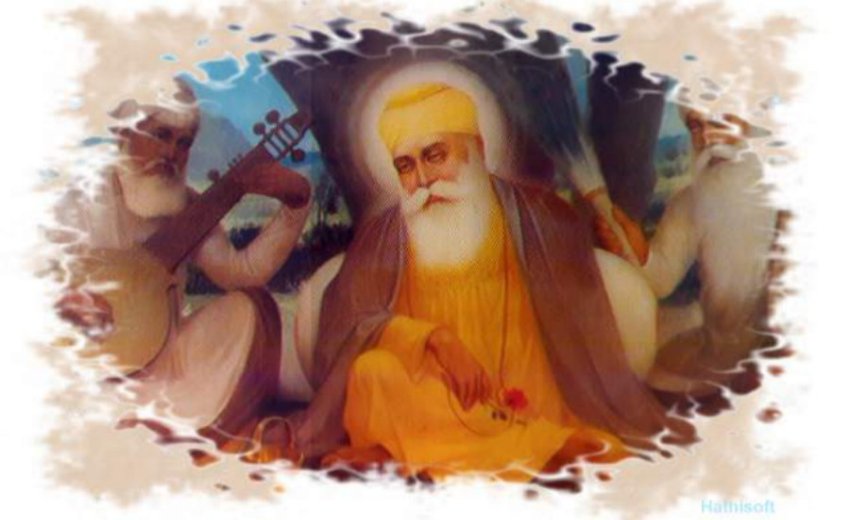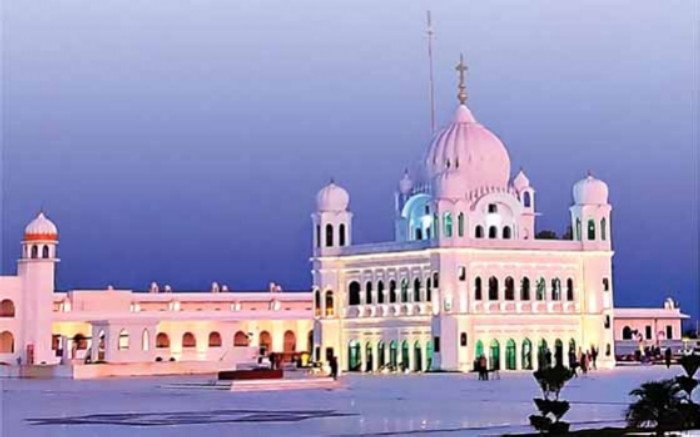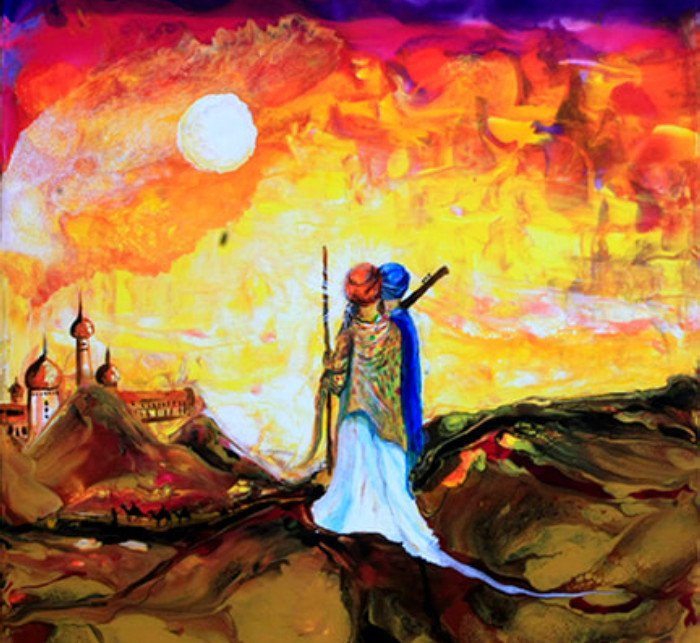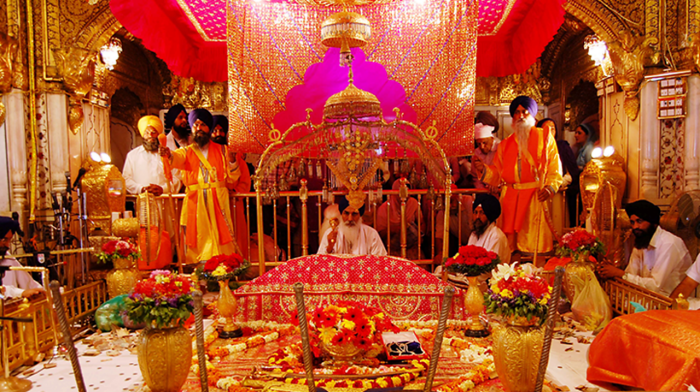The essentials of Guru Nanak Sahib’s life are well known. He was born on 15 April 1469 into a Hindu family in a largely Muslim area of Punjab, India. He left his body 70 years later, on 22 September 1539, in Kartarpur, Punjab, now in Pakistan.
His first 30 years were spent at home, with parents, wife and two sons. He studied under local teachers, Hindu and Muslim priests, got married, raised a family, and worked as a storekeeper. Outwardly, this was just like many others’ lives of that time.
But his inner spiritual life was anything but ordinary. His was an extraordinary intellect, constantly grappling with the big moral and philosophical questions that have always confronted humankind. He was spiritually inclined, and sensitive to the core.
He asked all kinds of questions, about life and death, about the essence of God, the meaning and purpose of human existence, the relationship between God and man, and what man’s relationship with man should be. Of course, he included women in this too.
He questioned everything, honestly and fearlessly. He reflected on everything he saw, heard, and studied. He was not satisfied with the answers he got from his elders. He resolved to find his own answers, in his own way. He was searching always for the Truth.
For the next 25 years he travelled all over India and neighboring countries, including Ceylon, Afghanistan, Iraq, and Arabia. He visited many holy places, engaging in debate and discussion with priest and laity. He connected with God and his fellow man.
In the process, he received divine revelations and crystalized his own thoughts. He wrote these down, and passed them on to the next Guru. He conveyed these teachings in hymns set to melodious music. Throughout this period, he was accompanied by Mardana, the Muslim rebeck-player, his closest companion. More and more devoted followers gathered around him.
For the last 18 years of his life, he practiced what he had preached. His hymns introduced new prophetic teachings. The way he lived, as a householder, missionary, farmer, and preacher, gave new life to age-old moral principles. He introduced new egalitarian practices in the community he established. He appointed his most suitable follower as the next Sikh Guru. And he showed his Sikh followers a new Way of Life, distinct in many ways from the Hindu or Muslim way of life they had been following till then.
This was Guru Nanak’s life, very briefly. And what an extraordinary life it was. It gave birth to a new
religion, Sikhism, over 500 years ago. A religion that is now the fifth largest in the world, with perhaps over 30 million followers all over the world.
This is, undoubtedly, Guru Nanak’s greatest legacy. He established a new religion. Like other prophets before him had done.
He also gave us new teachings about how to conceive of the Creator God, how to reach Him, and how to relate to our fellow humans. He emphasized the Oneness of God, and the oneness of humankind. A God of Love, of Mercy and Compassion, of Justice and Forgiveness. And a moral code based on equality, mutual respect, acceptance of differences, and selfless service.
This is not the time or place to cover Guru Nanak’s teachings in depth. The sole Sikh scripture, the Sri Guru Granth Sahib, includes all his hymns, as his divine revelations and inspired teachings. He personally handed them over to his successor, about 500 years ago.
All his nine spiritual successors, as Sikh Gurus, emphasized and lived by the same teachings. Six Gurus contributed hymns to the Sikh scripture, which was finalized by Guru Gobind Singh in 1678. All the Sikh Gurus considered the revealed Word of God as their Guru, as Guru Nanak had first done.
This is Guru Nanak’s second big legacy. He, and his successor Gurus, gave the Sikhs their sacred Scripture, their Eternal Guru.
Other lessons too can be drawn from Guru Nanak’s life, and the way he lived it. For example:
- He spoke up against oppression in all its forms. He told Truth to Power, both in the secular and the spiritual domains.
- He was a man of peace, but not of submission. His was the moral force. The pen is mightier than the sword.
- He brought us a timeless prophetic message that is universally applicable and widely accepted: In God We Trust.
- He championed universal human rights. For everyone. No exceptions. No ifs and buts. None whatsoever.
- He taught equality and justice for all. No distinctions based on caste, creed, race, gender, nationality, or even religion.
- He asked that we fight not only for our own religion, but for others’ religious rights too. The ninth Guru gave his life for this.
- He asked that we respect all religions as valid in the eyes of our common Creator. And equally valid in the eyes of man.
- He considered these to be eternal Truths, not mere platitudes. Divine revelations. God’s Word. Not to be taken lightly.
- He taught these Truths to be supreme. But higher still is Truthful living, he said. Words matter, but deeds matter more.
- Remember God at all times, earn an honest living, and serve others, he taught. God before man. Service before self.
He said everyone could directly commune with and reach God. No intermediaries, not even any human Gurus, were required.
His was a life of humility, of compassion, of caring and sharing, of walking the talk, and showing us a new pathway to God. Caring not only for ourselves, but for mother Nature as well, as God’s creation. Humanism, and environmentalism. Both.
His was a universal message of love, goodness, truthfulness, tolerance, justice, compassion, equality, fairness, and service. A message that resonates with everyone, everywhere. Not only among the Sikhs, but among other communities too. This too is a lasting legacy of Guru Nanak’s life and how he lived it. Of what he taught, and what he did. 500 years ago.
We best honor Guru Nanak Sahib by recalling his life and legacy, as we are doing here – and then by following his teachings as best we can. It is wonderful that we can do this in America, the land of the free and the home of the brave. Guru Nanak’s Sikhs, men and women, from here and abroad, feel at home here. God bless us all.




